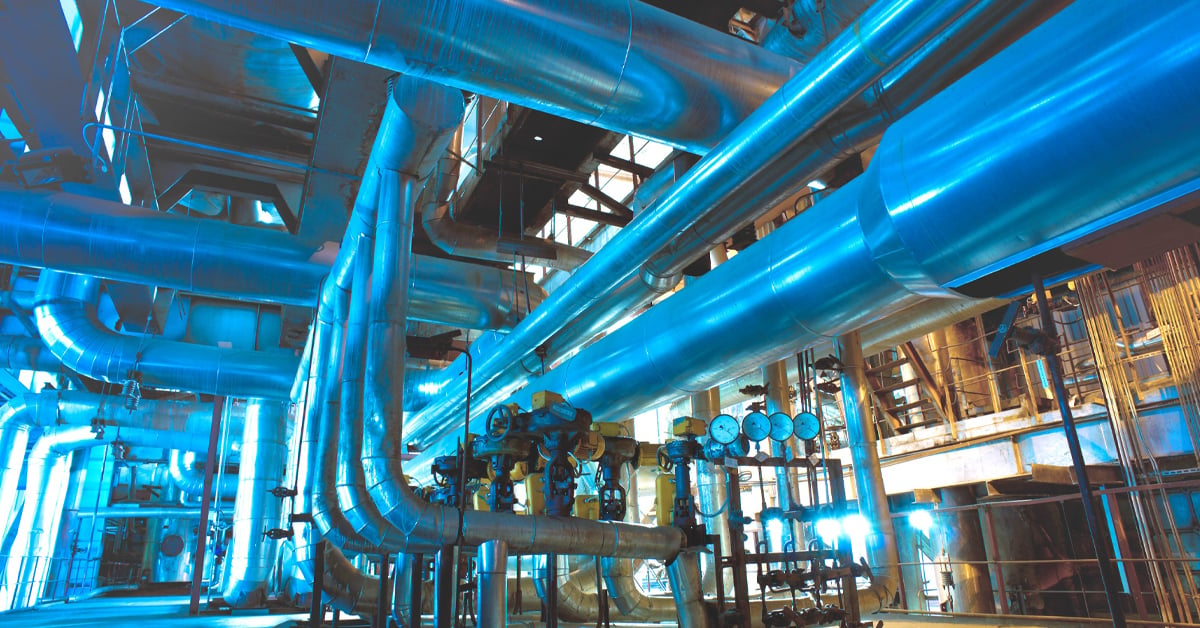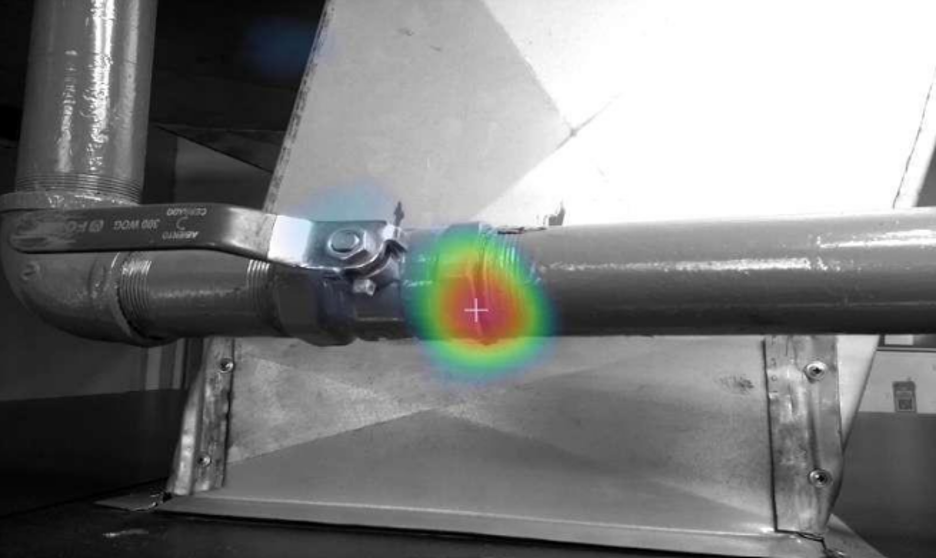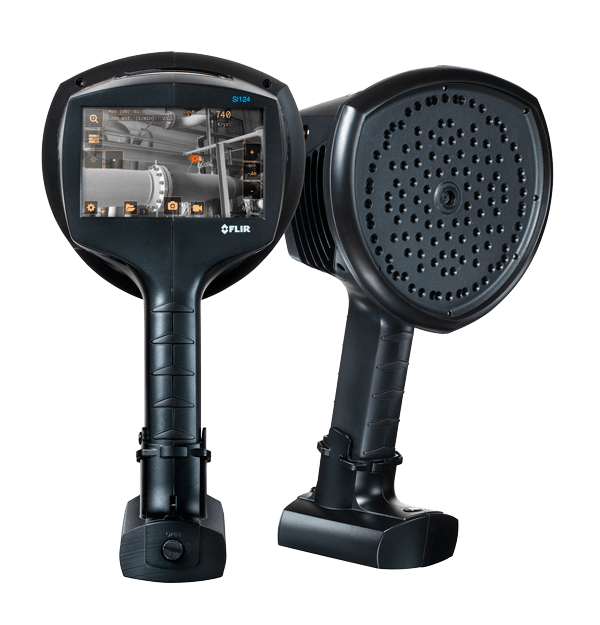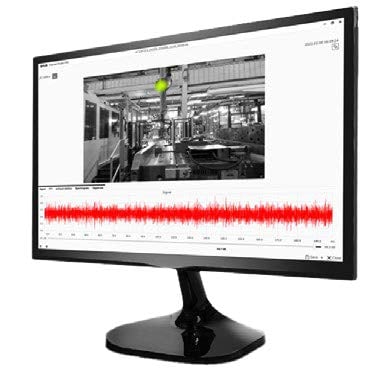Accelerating ROI: Unlocking the Potential of Acoustic Imaging in Manufacturing

As common phenomenon in manufacturing facilities, compressed air and gas leaks are known to cause substantial financial losses and reduce operational efficiency. Acoustic imaging is the ideal method for efficient air leak detection in many of these industrial environments, as it can instantly reveal hidden leaks and deliver real-time estimates of their costs in terms of energy loss.
Companies unfamiliar with acoustic imaging cameras such as the FLIR Si124-LD Plus may have concerns about such a camera’s ability to accurately detect and diagnose issues—due not only to the sheer scale of their manufacturing facilities but also the unique characteristics of their production processes. At the very least, they may think twice about buying such a specialized piece of equipment for predictive maintenance, worrying the costs of the system could outweigh the benefits of using it.
In this article we'll look at the results of inspections carried out at two different industrial environments: where an acoustic camera proved highly beneficial in delivering improved energy efficiency and reduced costs related to early detection of expensive specialty gases and lead to a return on investment (ROI) achieved within a short period of time.

An air leak invisible to the naked eye detected by an acoustic camera.
Reaping the Benefits of Pinpoint Accuracy in a Large Facility
Many industrial facilities are vast, covering an area of thousands of square meters and containing large amounts of heavy machinery. This often makes conducting predictive maintenance inspections inaccurate and inefficient, both problems that the acoustic camera is exceptionally well equipped to tackle. One manufacturing company was interested in utilizing acoustic imaging but worried that the large, 6,500 m2 size of their facility would make accurate air leak detection too challenging to gain an ROI. But during an inspection demonstration, the acoustic camera was immediately able to identify 155 leaks in the compressed air system, estimated to be causing losses amounting to approximately $11,000 USD. The leaks occurred within just a 6-hour inspection period, which is equivalent to identifying a leak every 2.5 minutes. Given the results, the ROI on the acoustic camera acquisition was estimated to be achieved within two service rounds in approximately four to six months, making the acquisition of the acoustic camera worthwhile.

FLIR Si124 Acoustic Imaging Camera
Major Savings Through Specialty Gas Leak Detection in Only 10 Minutes
An acoustic camera such as the FLIR Si124-LD Plus was also used at an automotive plant in a quest to locate not only compressed air leaks common in the industry but also leaks of specialty gases such as argon and carbon dioxide. Specialty gas leaks tend to be especially costly, as their market price is determined by demand and amplified due to being purchased from a supplier. In an area where the specialty gases were stored and mixed, the acoustic camera detected five leaks and displayed their exact locations on-screen. Snapshots were then taken and uploaded on-site to the accompanying cloud software, where the costs were estimated in real-time. The inspection took only 10 minutes, but the annual savings calculated for just the five specialty gas leaks amounted to approximately $12,500 USD. Considering the size of the facility, the improved energy efficiency achieved through detecting and fixing air leaks, and the savings provided by the early detection of the specialty gas leaks, the ROI on the acoustic camera acquisition was estimated to be achieved within just two months.

FLIR Thermal Studio Suite with the Si-Series Plugin
How much could your organization save with an acoustic imaging camera? The below calculator offers real data on your potential ROI.
For more information about thermal imaging cameras or about this application please visit: www.FLIR.com/si124